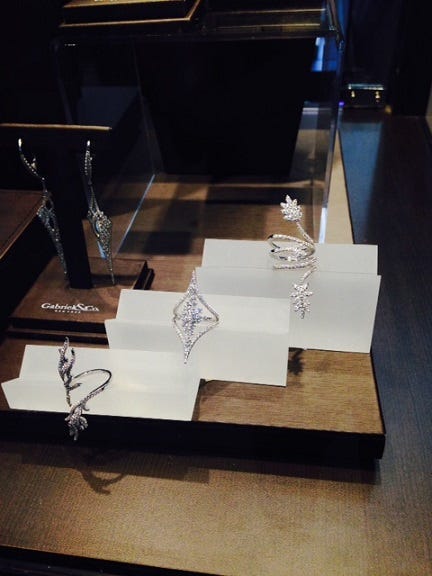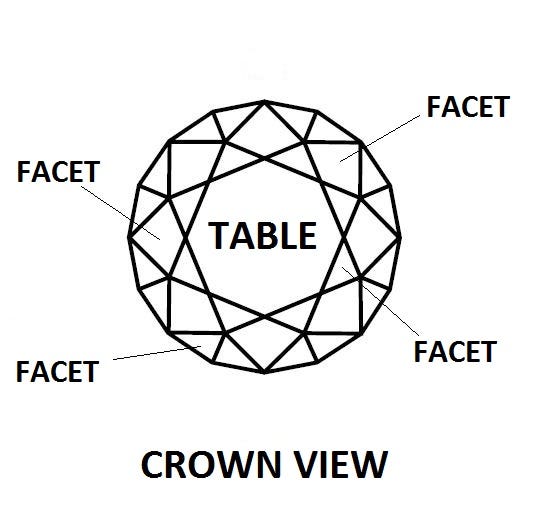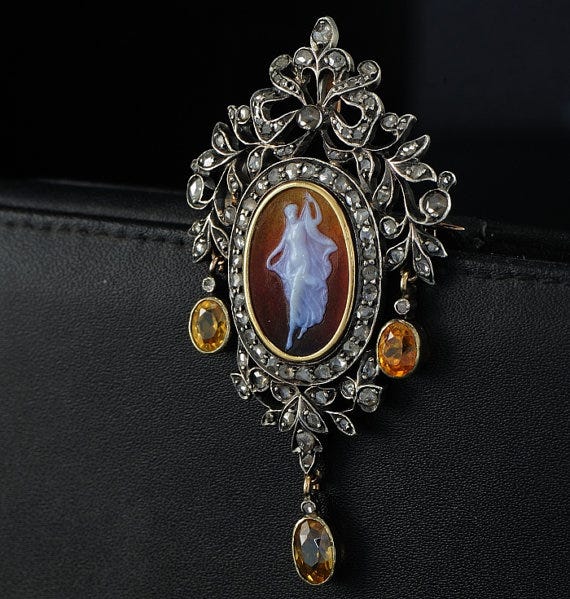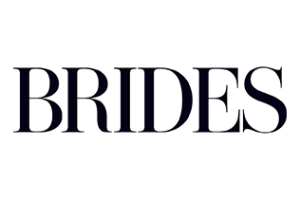Geometric designs were huge at this year’s JCK Las Vegas trade show. Some of the most dramatic examples came in the form of open concept rings, with their slender metal settings, modern construction, and unique shapes.
“We absolute love the look created by open concept settings,” says Kristin Carter, Merchandising Manager at Moissanite.com. “These styles are dramatic yet elegant. They have an airy, ethereal feel that’s very appealing.”






